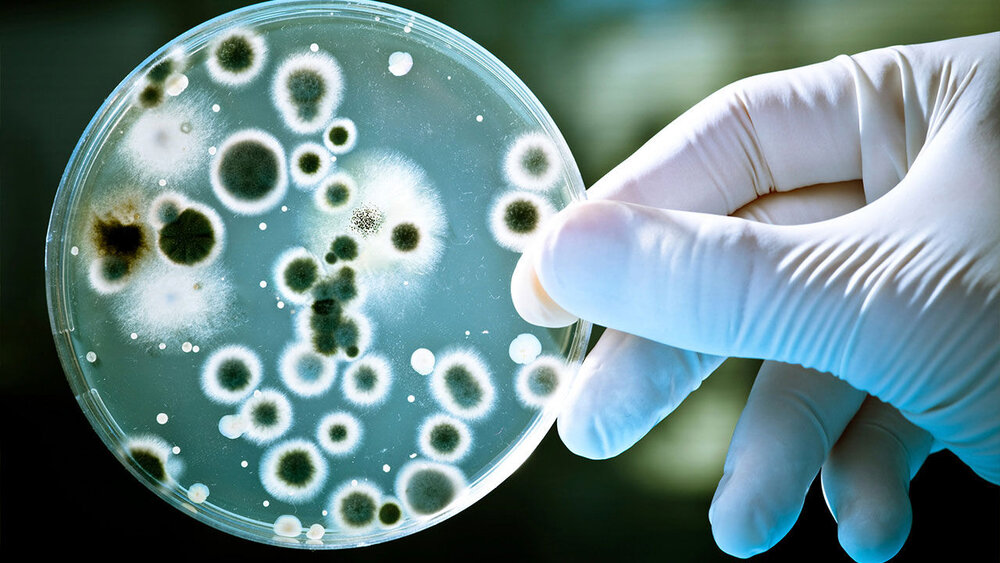Iranian researchers invent smart chip for visual detection of pathogenic bacteria

TEHRAN – Researchers at Tehran's Sharif University of Technology developed an electrochromic biosensor which is a portable, simple, inexpensive, sensitive, and fast tool for ocular detection of pathogenic bacteria.
The article, entitled “Smart Chip for Visual Detection of Bacteria Using the electrochromic Properties of Polyaniline”, was published in the journal Analytical Chemistry in 2020.
The research was conducted in collaboration with researchers of Autonomous University of Barcelona, Spain, IRNA news agency reported on Tuesday.
Finding a fast and reliable way to detect pathogenic bacteria played a significant role in addressing serious public health issues in clinical, environmental, and food settings, Saba Ranjbar, Sharif University of Technology researcher said.
The study aimed to achieve a portable, simple, fast and without the need for expensive and sophisticated equipment to visually identify pathogenic bacteria in environmental samples to be able to accurately measure environmental samples containing bacteria in a wide range of concentrations, she explained.
In this study, different samples of collected water have been used to evaluate the performance of the biosensor, she added.
Ranjbar went on to say that with the proposed technology, it is possible to distinguish healthy water from water contaminated by bacteria online, which can be used as an efficient and effective method in various fields of the environment.
The biosensor acts as a smart chip by which each color indicates a specific concentration of bacteria, for example, purple indicates water without bacteria, while blue indicates low bacterial concentrations and yellow indicates high levels of bacteria, she also added.
Given that the field of health is one of the most basic and challenging areas in any country, so the need for research in this field in the early stages, i.e. identification and diagnosis of pathogens is very necessary and important, one of the most important and complex factors, she highlighted.
Pathogens are bacteria that include a wide variety of microorganisms and affect various parts and aspects of human life such as health, food industry, and product quality control, as well as the control of microbial environmental contaminants, Ranjbar said.
Therefore, it is important to find methods that are able to study these factors with high accuracy, as well as low cost and short analysis time, she stated, highlighting, the design and construction of biosensors with the possibility of selective and fast responses is very helpful.
She further explained that we turned an electrochemical signal into a more convenient optical readout for the visual detection of Escherichia coli; Electropolymerizing polyaniline (PANI) on an indium tin oxide screen-printed electrode (ITO SPE), we achieved not only the desired electrochromic behavior but also a convenient way to modify the electrode surface with antibodies (taking advantage of the many amine groups of PANI).
FB/MG
